If Steven Spielberg’s “Munich” has shown that even Israeli commandos, some of the most battle-hardened warriors on the planet, ruminate over their roles, photographer Rachel Papo, a former member of the Israel Defense Forces, demonstrates in a new exhibition of her photographs that such pensiveness is not limited to male soldiers. Papo’s show, “Serial No. 3817131,” opens at the Paul Kopeikin Gallery on March 18 and focuses on young Israeli women in uniform.
These are women of all ethnic backgrounds — light-skinned Ashkenazis, as well as Sephardics hailing from Arab countries and East Africa. Some wear spectacles, others retain youthful red splotches on their faces, yet they all don the green attire of the military in their caps, shirts, sweaters and jackets. Even their jerrycans, or canteens, are green. But the women are not.
True, there is one freckle-faced, blue-eyed redhead, her body curled toward the camera, her hands cupped in the manner of a cat relaxing its paws. With an innocent yet seductive smile on her feline features, she almost seems to purr. Yet, like all the other women, she has an M-16 slung over her shoulder.
Another young soldier named Dana, her name painted on a door, smokes a cigarette, dangling it in a pose reminiscent of James Dean. Her curly russet locks, almost as long as Rapunzel’s, come down close to her waist in the illuminated portion of the photo on the right side of the frame. On the left, there is an arbor, completely dark except for a light in the distance, while in front of Dana the cigarette ashes merge indecipherably with wood scraps on the ground. A tall, spindly wooden pole frames the left side of the picture at an angle, while the green door to the right is also askew. Only Dana, in the middle, seems balanced.
Papo, in a phone call from Brooklyn, says that the point of her exhibition is “to show a side about the Israeli military that is less obvious and not about politics, but about the human condition.”
When Papo was in the military back in the late 1980s and early 1990s she was depressed.
“You’re 18 years old, and you have dreams and friends and boyfriends, and that is totally cut off and restricted,” she says, adding that in the military, “You sleep where you don’t want to sleep and eat what you don’t want to eat.”
The response she has gotten to her photos has been quite emotional, particularly from women. Many Americans, male and female, have told Papo that they were not aware that military service is mandatory for women in Israel.
If they had any doubt, there is a photo of two soldiers, standing almost at attention several yards apart, as if on guard duty. Their faces obscured by the brim of their caps, they bow slightly so they can read the Torah. We are reminded that this is a Jewish state, and that, with rare exception, even the religious must serve in the military.
“Serial No. 3817131” opens Saturday, March 18, at the Paul Kopeikin Gallery. Reception from 6-8 p.m. on March 18. The exhibition runs through April 15. 6150 Wilshire Blvd., just west of Fairfax Avenue, (323) 937-0765.
The women of Darfur do almost everything except serve as soldiers. According to Ron Haviv, a war photographer who first made his name in 1989 when he photographed a Noriega rival being tortured in the streets of Panama, the African women in the Sudan farm, gather food, collect firewood and take care of the children. In venturing out for firewood, a journey often lasting several days, they risk being raped. If the men go out, they will be murdered.
Haviv’s exhibition, “The Children of Darfur,” opening at UCLA Hillel on March 12, was commissioned by UNICEF to document the plight of children in a part of the world plagued not only by drought, malnutrition and infectious disease, but also genocide. Arab militias, known as janjaweed, have killed thousands and displaced more than a million Darfurians, roughly half of them children under 18, Haviv says.
One photo reveals only the right eye of a young girl who is telling Haviv that she has been raped; the rest of her body and face is occluded by a striped scarf and the cropping of the photo. This shattered image reflects how much she has lost.
In an interview in a Hancock Park office, the photographer explains that the girl is 12 years old. He utters these words softly, with a great deal of restraint.
His garb is eclectic — a faded Chicago Cubs baseball cap, an old black vest and a green scarf so discolored and battered it looks as if it has been riddled with bullets; the image is fitting, since Haviv says he has been shot at more times than he can remember. He says that he has been jailed on several occasions, beaten by captors, and even put on a death list by a Bosnian Serb warlord.
Yet despite the harshness of his life, he uses a warm, red filter in many of his images of these young African women and boys living in internal displaced persons (IDP) camps. One striking girl holds the cap to a bottle in her hand. Statuesque and beautiful, with a pink abaya (scarf) wrapped around her body and head, she has just gotten water at an IDP camp. Her huge, black eyes stand out amidst the blurry background.
Haviv, 40, is part of a group of war photographers known as Seven, based on the original membership of seven photojournalists who formed the unit within days of Sept. 11. He says he learned from his work in Panama in the late 1980s that photography can play a role in “the process.” He bemoans the clichés of politicians who proclaimed, “Never Again,” after the Rwanda genocide 12 years ago. He hopes that students in high school and college come to see his exhibition. “As they move into positions of power, they can help and confront and influence policy whether in government or business.”
Photography, he says, “remains as a piece of evidence, a document, a historical record” for holding people accountable. “No one can say that they didn’t know.”
“The Children of Darfur” will be exhibited at UCLA Hillel from March 12 to April 23. Reception March 12, 4-6 p.m. 574 Hilgard Ave., (310) 208-3081.
Haviv and four of his colleagues from Seven also traveled with members of Doctors Without Borders to the Democratic Republic of the Congo (DRC), another African republic at war. The result is a group show opening March 16 at the Stephen Cohen Gallery titled, “Democratic Republic of Congo: Forgotten War,” featuring photos from the five photojournalists of the victims of the largely invisible and unknown war taking place in the DRC, known formerly as Zaire. Haviv, who conceived the project, notes that “more people are dying in the DRC than at any time since World War II. Almost 4 million people have died in seven years.” He says that translates presently into about 38,000 deaths per month from hunger, AIDS and other diseases, as well as bullets — despite what he calls “the largest U.N. peacekeeping effort” in the world.
Haviv believes that where Darfur’s problems could be ameliorated by economic sanctions against the Sudanese, who would be forced to stop aiding the janjaweed, the Congo’s situation is much more complicated. For one, militias from all over the region have entered the Congo to fight for gold and other minerals. Secondly, AIDS, not a major factor in Darfur, has decimated the Congolese. A black-and-white picture by Antonin Kratochil shows the emptiness in the wide pupils of a woman living with the disease. Her dark eyes blend in with her skin and form an abyss of despair.
A number of photos that are both starker and bleaker than the Darfur images show the scourge of AIDS and of the sex trade. Many are shot in black and white, without the warm, red filters used for Haviv’s other project, though there is one color photo by Joachim Ladefoged, a Seven photographer, that recalls Haviv’s image of the raped Darfurian girl — this one shows only the right side of a 25-year-old sex worker’s face, visible through a gauzy, green curtain behind which she services men. It, like the other photos, reveals the hidden and hopeless nature of this war.
Still, as Beverly Feldman, who along with Haviv organized the exhibition for the gallery, says, “The body of work is not a group of horrific photos. It’s not full of decapitated bodies. It’s disease and neglect, other kinds of man’s inhumanity” that is on display in these photos.
Feldman was particularly drawn to this project because “not a lot of attention has been paid” to the Congo and its “particular blight on the face of Africa.”
“It’s such an unknown, forgotten place, that its [lack of attention] is very insidious.”
“Democratic Republic of Congo: Forgotten War” opens at the Stephen Cohen Gallery on March 16. Reception on April 6 from 6 p.m. to 9 p.m. with a talk by photographer Ron Haviv and Doctors Without Borders at 7 p.m. Exhibition runs through May 6. 7358 Beverly Blvd. (323) 937-5525.






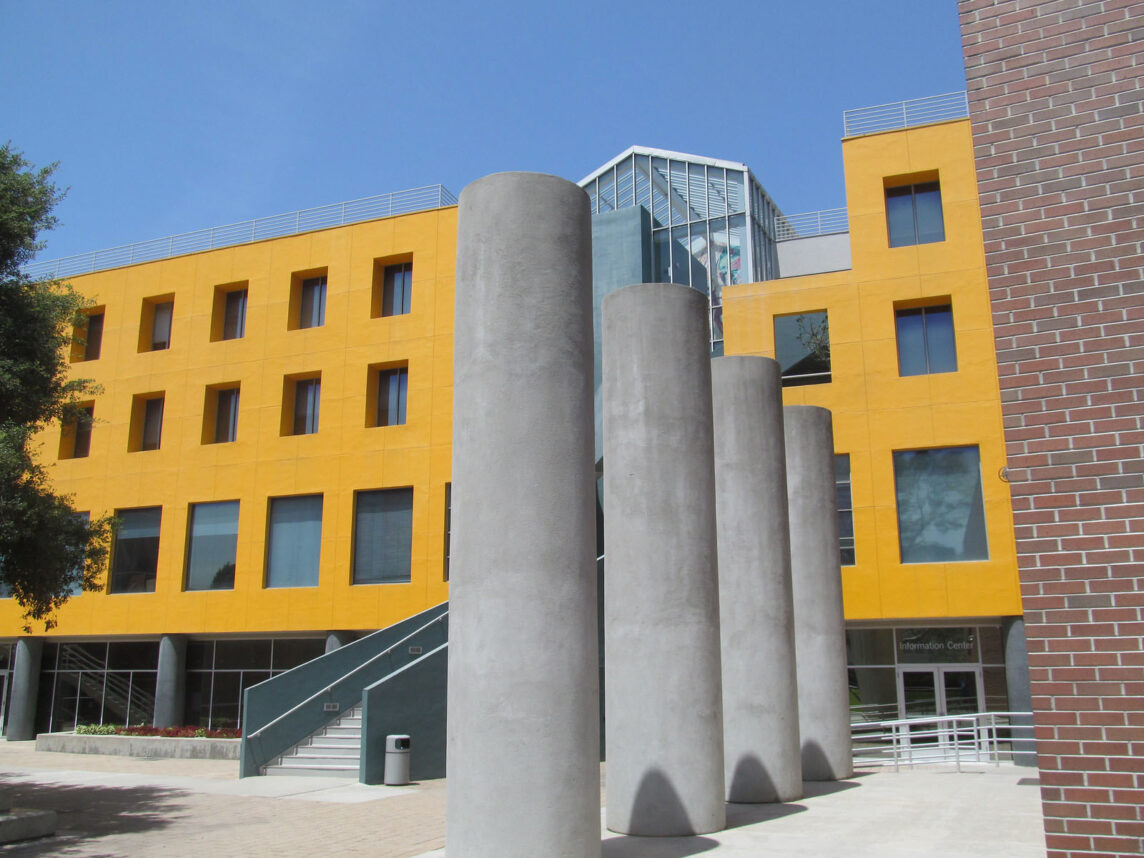
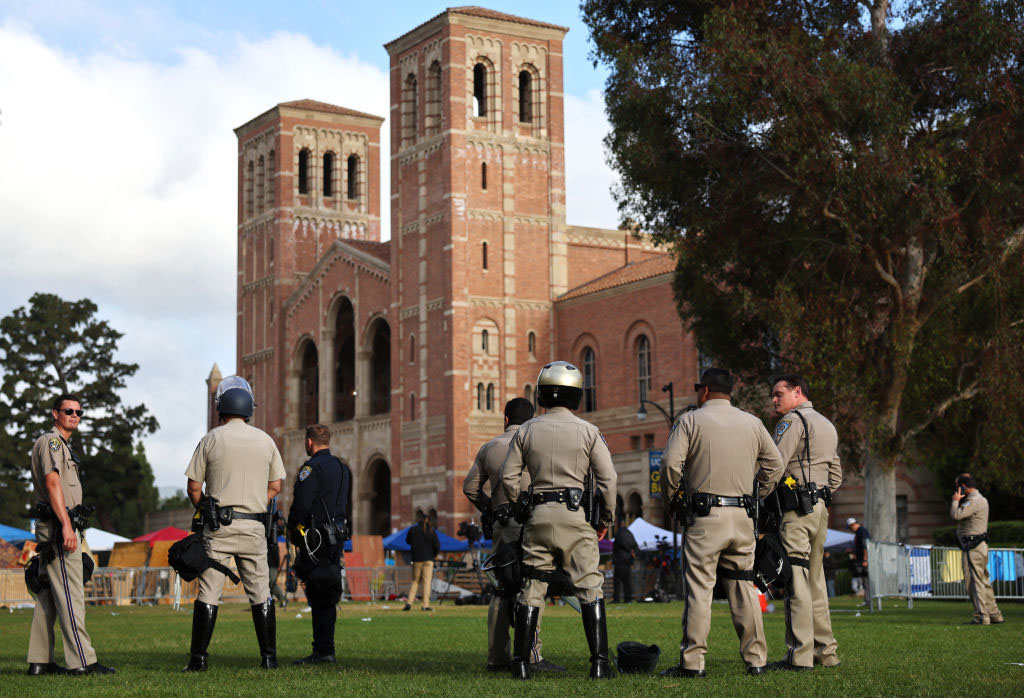
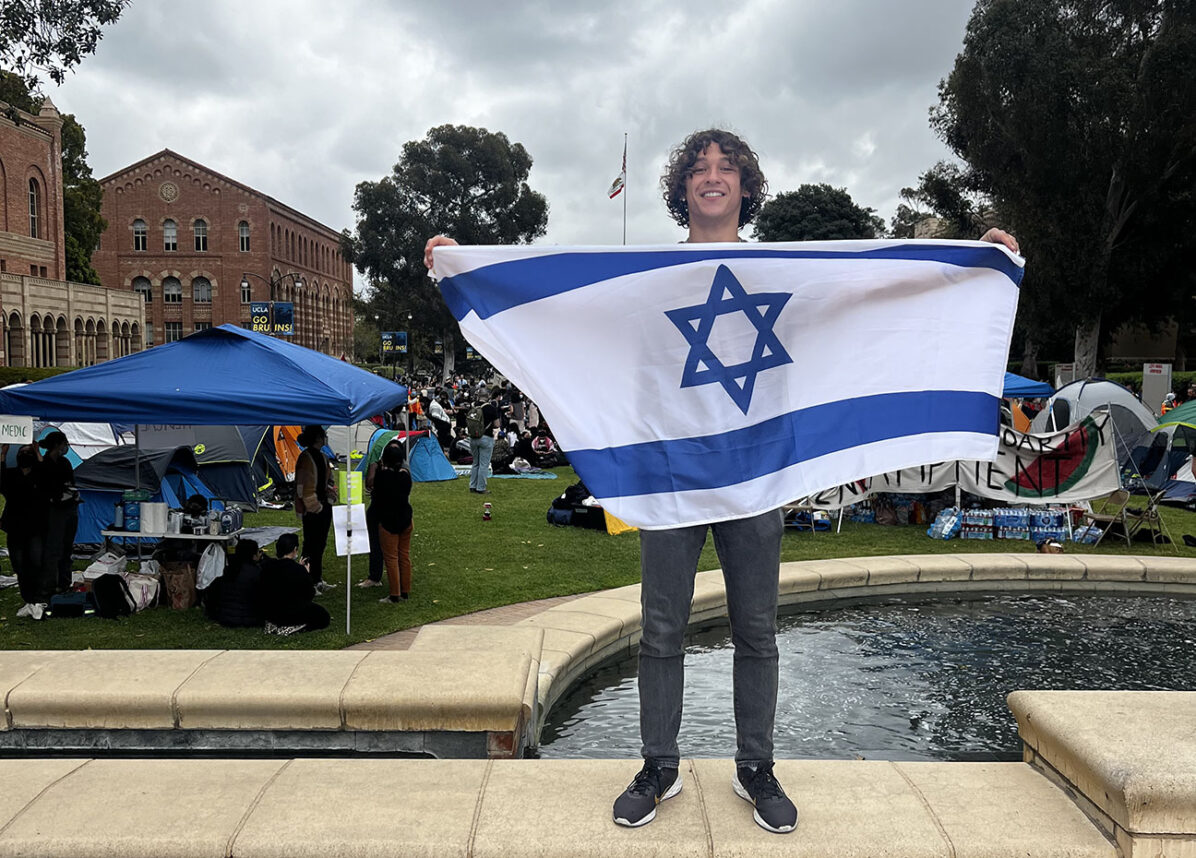
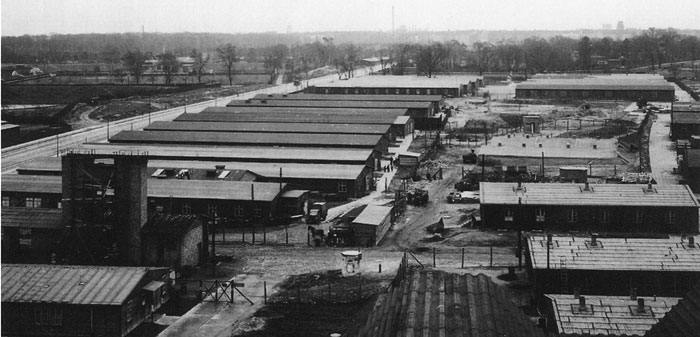
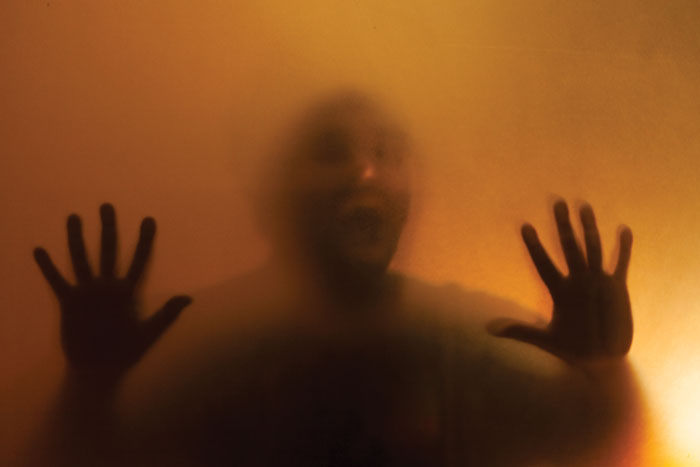
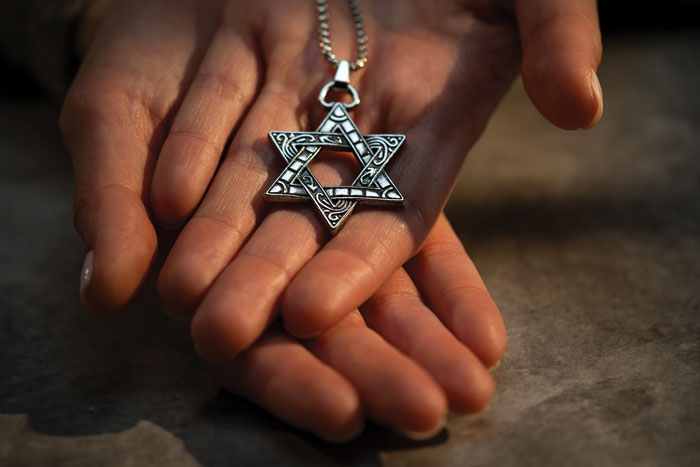

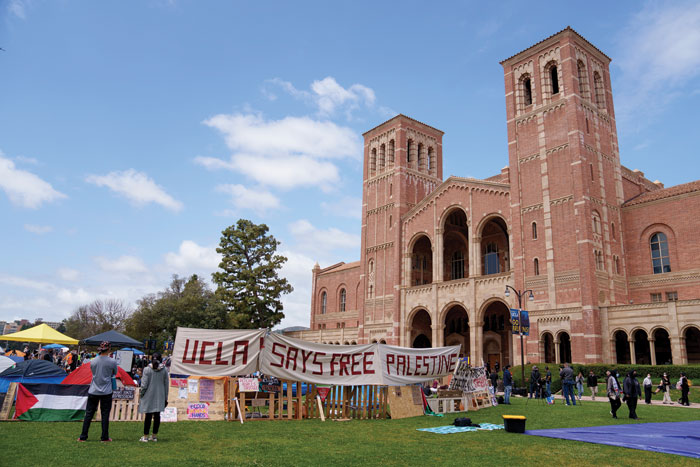


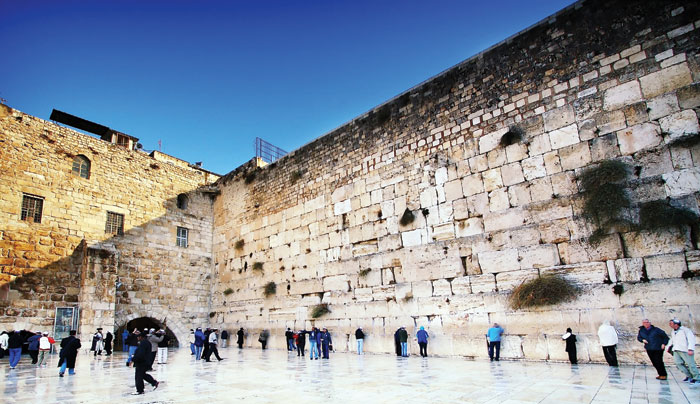





 More news and opinions than at a Shabbat dinner, right in your inbox.
More news and opinions than at a Shabbat dinner, right in your inbox.